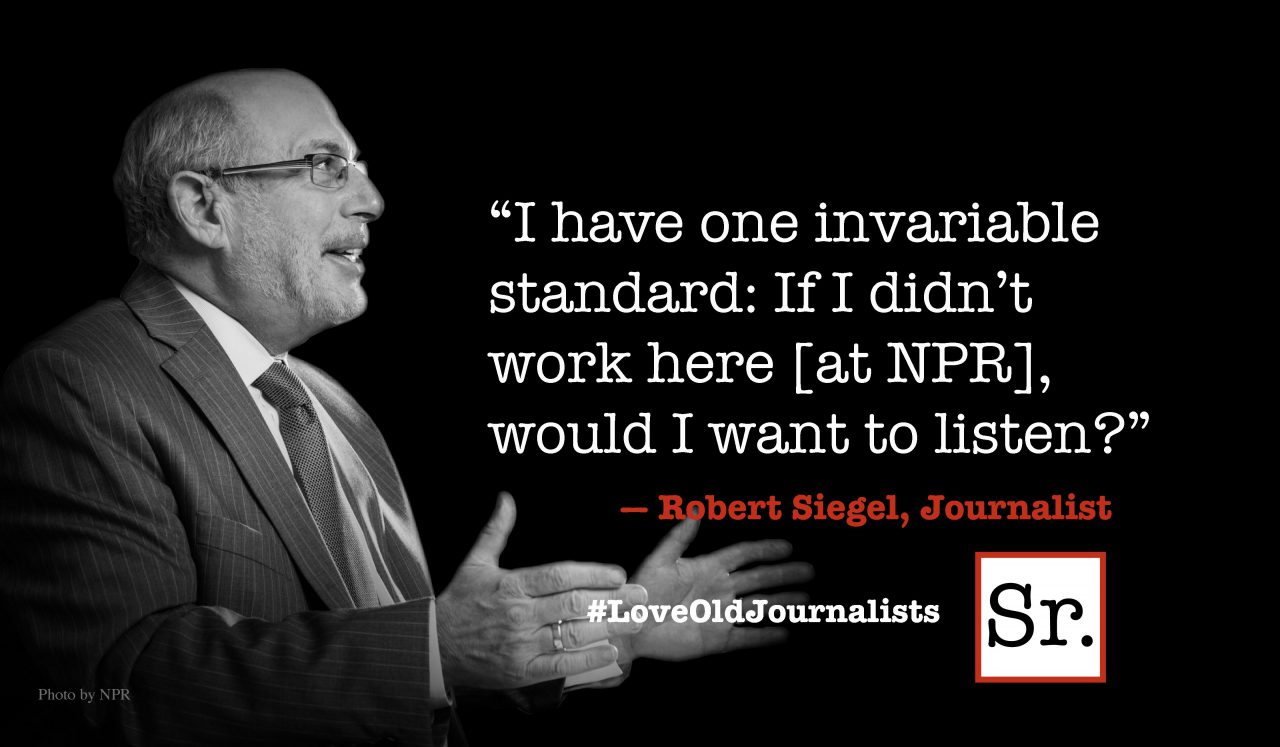Confusion, instability, and chaos describe organizations with poor leaders.
Confusion and leadership, however, are partners. Sometimes you create and encourage others to work through confusion. It’s the path to solutions; it’s innovative and invigorating.
The dance with confusion is dangerous, however. Confusion is never an end in itself. The purpose of using confusion is to create clarity. Confusion paralyzes; clarity enables.
Endersbe, Therrien and Wortmann in their lucid book, The Three Commitments of Leadership, believe clarity, stability, and rhythm create great leaders. Ask yourself:
- Are you clear?
- Are you creating stability?
- Does your work have rhythm?
Dangerous confusion:
You can’t lead in a persistent state of confusion; people won’t follow. Persistent confusion challenges, dilutes, and eventually destroys leaders.
Leading through confusion:
Confusion precedes clarity; it’s inevitable. Confusion is useful as long as you have confidence and strategies to face its challenges.
Face confusion with questions.
I’m a sucker for good questions. The Three Commitments of Leadership offers powerful questions for leaders committed to achieving greatness through clarity. For example:
5 core questions:
- Whom do you serve?
- What need do you satisfy?
- How do you define success?
- What values govern your actions?
- Where do you communicate the messages everyone needs?
Three task clarifiers:
- What are your most important tasks?
- What do you need (resources, support, opportunities) to be successful?
- How will you measure your efforts and results?
Three logistical questions:
- Is everything you need to know to be successful clear?
- Is there a stability that prevents fear, stress, and drama?
- Is there rhythm to the way people work together?
One expediter: What’s next? (My favorite way to end conversations.)
How do you create stability personally and organizationally?









